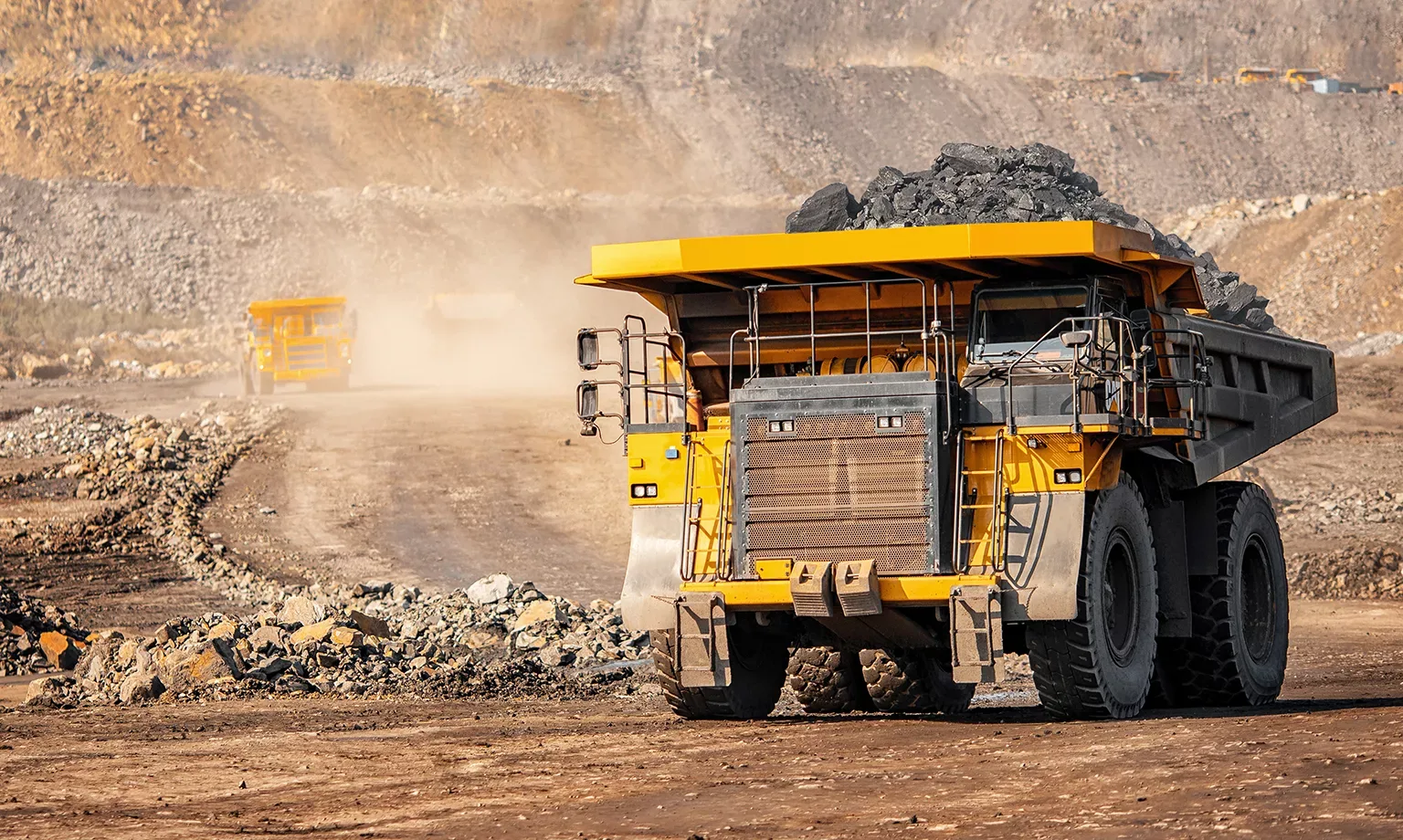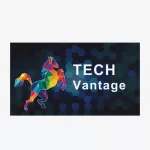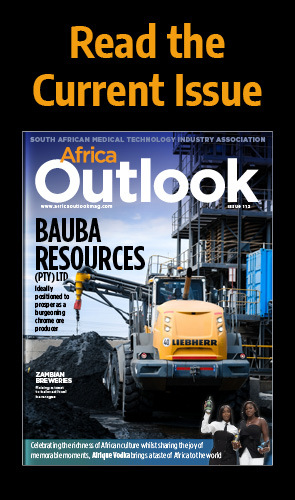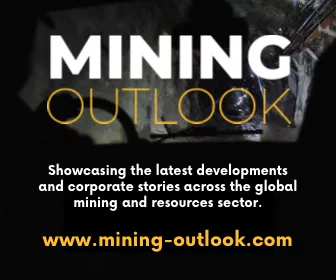We revisit Kudumane Manganese Resources with Thembelani Gantsho, CEO, who recaps the company’s ongoing status as a major supplier of manganese within South Africa’s critical minerals landscape and its overarching commitment to sustainable development.
STEWARDS OF MANGANESE COMMUNITIES
Responsible for 80 percent of the world’s mineral reserves, 35 to 45 percent of which is made up of manganese from the resource-rich Kalahari Basin, South Africa (SA) has historically been renowned as a lucrative destination for mining exploration and development.
Located in the John Taolo Gaetsewe (JTG) district municipality, known for its abundance of manganese reserves, Kudamane Manganese Resources (KMR) is ideally placed to prosper as a leading producer of the sought-after mineral within the country’s mining landscape.
Having commenced its mining operations in 2012, KMR expanded exponentially. Today, it operates two open-pit mines, York and Hotazel, as well as a processing plant and various support infrastructure, all of which are primarily sustained by dedicated staff from the local area.
Despite the common perception that often frames mining as socially and environmentally unsustainable, KMR works hard to prove this is not the case.
“Sustainable development is something we take very seriously,” introduces Thembelani Gantsho, CEO of KMR.
As such, the company believes it has an important part to play in leaving a legacy of growth and development wherever its operations take place.
In this way, KMR plays an integral role within SA’s mining landscape, not only as a key producer of manganese and critical minerals but also as a social and environmental steward and guardian of the communities it serves.
AN EVOLVING LANDSCAPE
Since transitioning out of the COVID-19 pandemic in 2021, the company’s primary focus has been on returning to normality.
At the same time, SA’s mining industry was experiencing a post-pandemic rebound and therefore benefitting from higher commodity prices.
However, over the past three years, KMR has witnessed a relative pullback in commodity prices which, coupled with rising operational costs and infrastructure constraints, has led to SA missing out on some sector-specific booms.
“Some of the changes that the industry has faced recently reflect both challenges and opportunities within an evolving landscape,” outlines Gantsho.
For example, profitability for mining companies has been confronted by rising costs and volatile commodity prices of late, whilst logistical limitations, frequent power outages, and exorbitant tariff increases have had a negative impact on production, resulting in increased operational costs.
Meanwhile, the use of critical minerals to progress the global clean energy transition has presented various opportunities, such as the use of critical minerals in the production of electric vehicle (EV) batteries and renewable energy.
As such, despite its challenges, SA’s mining landscape continues to enjoy emerging opportunities.
“With the private sector working together with the government through public-private partnerships, the full potential of the industry can be realised,” he confidently affirms.
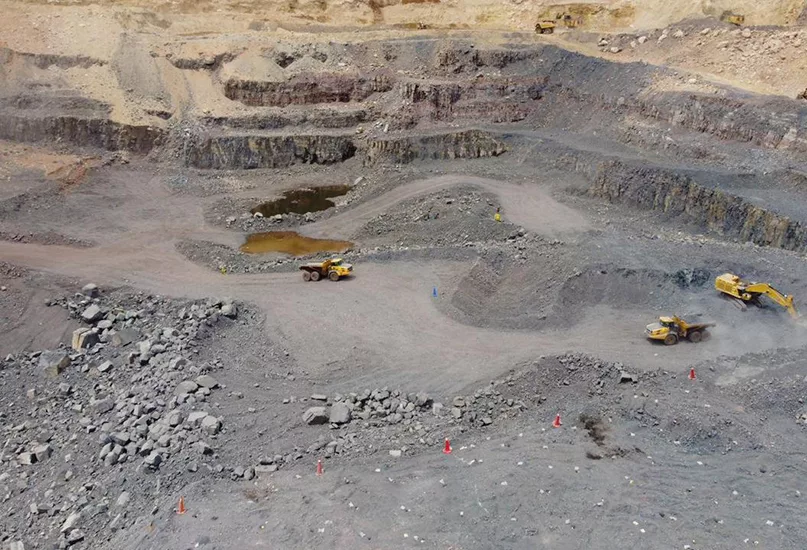
CORPORATE SOCIAL INVESTMENT
As a socially and environmentally responsible company, sustainable development is of utmost importance to KMR, as is cultivating a sense of stewardship for its local communities.
In a move to offset carbon emissions and increase energy efficiency, the company recently installed solar panels to power its administrative buildings and workshops.
It is also heavily involved in social responsibility and prioritises infrastructure improvements, education, and healthcare, which is evident in its myriad corporate social investment (CSI) projects.
“CSI remains important to us as it demonstrates our commitment to the welfare of our host communities and fosters stronger relationships with the people there to create a stable and supportive operational environment,” he explains.
Gantsho also outlines how many of the company’s strategies and policies are aligned with broader social and environmental objectives which seek to benefit the community and society at large, creating shared values with residents.
“In short, our CSI initiatives earn us a social licence to operate,” Gantsho summarises.
Some examples of KMR’s CSI, which aims to achieve both social impact and business growth, include a shoe drive at the start of each academic year in which the company provides footwear for school children.
Similarly, a sanitary pad drive has seen KMR provide sanitary products and menstrual education for young people, whilst the elderly have been supplied with blankets and food hampers by the company.
“We have also refurbished community halls, upgraded water infrastructure, and provided resources to fix streetlights and install new ones,” he exemplifies.
Moreover, KMR is in the process of constructing three early childhood development centres (ECDCs) and a clinic in the villages of Mosekeng and Glenred, which will provide preschool education for around 100 children, further bolstering its commitment to local communities.
IMPACTFUL PROJECTS
Alongside its CSI outreach initiatives, KMR seeks to promote a positive social impact through various community infrastructure projects.
For example, water projects in Kilo-Kilo and Glenred have supplied 150 local households in the villages with abundant access to clean water.
“Our Skerma village livestock handling facility project has additionally allowed over 80 households to immunise their livestock and prepare cattle for transportation to auction,” Gantsho details.
Meanwhile, a health clinic project in the villages of Mgobing and Magojaneng is still in progress and will provide 200 households with access to primary health care.
Furthermore, by financially supporting around 30 small to medium-sized enterprises (SMEs), KMR’s Procurement, Enterprise, and Supplier Development Programme (PESDP) increases its positive social output.
“The PESDP model is aimed at fostering genuine transformation by helping our suppliers and other non-suppliers to grow and graduate into recognised SMEs,” he clarifies.
As part of its unique procurement model, KMR focuses on acquiring most of its components from local, female, and youth suppliers in a bid to bolster their growth amidst a competitive economic climate.
“Sustainable development is something we take very seriously”
Thembelani Gantsho, CEO, Kudumane Manganese Resources
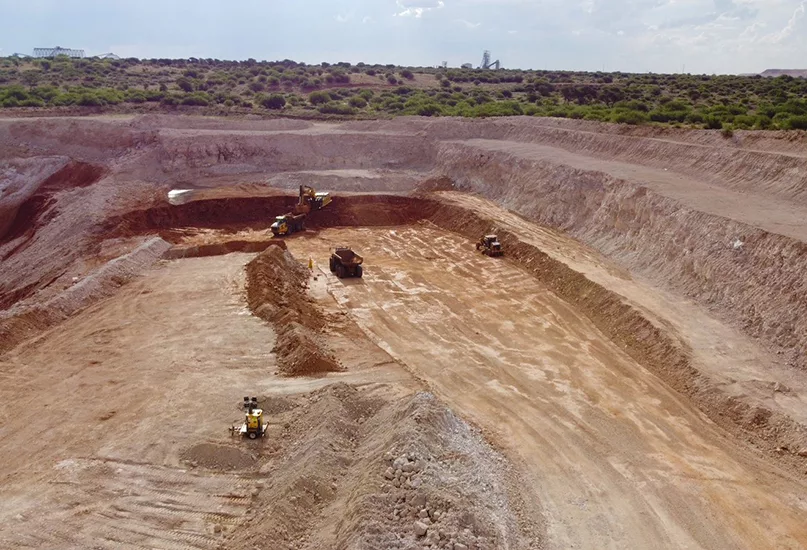
POWERFUL PARTNERSHIPS
To power both its mining operations and community outreach projects, KMR relies on a robust network of partners, suppliers, and developers.
Asia Minerals Limited (AML) for example, has enjoyed an ongoing relationship with KMR and continues to be an integral part of its mine-to-market business value chain.
The company has identified AML’s strong relationships with its target customers as a competitive advantage.
“This gives us the flexibility to align our mining operations with our customers’ unique requirements,” Gantsho informs.
As such, KMR’s relationship with AML continues to go from strength to strength.
Furthermore, the company views its contractors and suppliers as business partners, who it works closely with to achieve success and collective benefits.
“Our success does not just benefit our shareholders, but all stakeholders,” he discloses.
Equally, Transnet remains a key logistics partner to KMR. Despite various operational challenges, the relationship remains collaborative whilst it seeks to address issues as they arise.
In addition, KMR can count Impact Catalyst amongst its plethora of partners. An agent of change in the Northern Cape (NC), the collective organisation creates mechanisms to drive large-scale socioeconomic development through collaboration with government and private sectors.
“Through our partnership with Impact Catalyst, we have collaborated with several mining companies in NC to drive meaningful projects that will have maximum impact,” Gantsho reveals.
A BRIGHT FUTURE
Going forward, KMR’s focus is on ensuring that it optimises its processes through operational efficiency.
It also seeks to better manage its mine design, source new open castable resources in its properties, and find synergies wherever possible with its neighbours.
“We are not currently focused on underground operations as we see that as being somewhat outdated,” Gantsho tells us.
Further to this, since 2021, KMR’s capital expenditure (CapEx) has been reduced as many of its initiatives have yielded their intended outcomes, such as mine life extension, increased material processing efficiencies, and improved train loading speeds.
“Having said this, we continue to spend on stay-in-business CapEx to ensure we are improving and optimising our operations.”
Today, KMR has reached a steady state in line with the limited rail capacity in SA.
“Our focus remains on our continued initiatives relating to cost optimisation, operational efficiencies, and exploration for growth,” he concludes.



